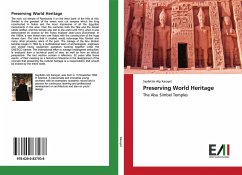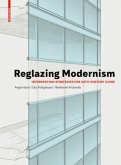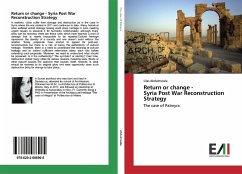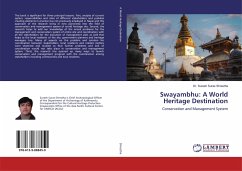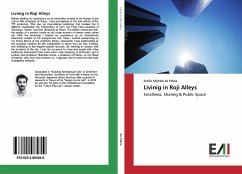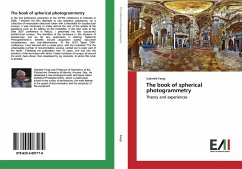The rock cut temple of Ramesses II on the west bank of the Nile at Abu Simbel is the greatest of the seven rock cut temples which the king constructed in Nubia and the most impressive of all the Egyptian monuments in the area. Over the centuries both the Nile and the desert sands shifted, and this temple was lost to the world until 1813, when it was rediscovered by chance by the Swiss explorer Jean-Louis Burckhardt. In the 1960s, a new threat rose over Nubia with the construction of the huge Aswan dam. The lake that it created would submerge Abu Simbel and many other priceless relics of the past. The salvage of the Abu Simbel temples began in 1964 by a multinational team of archeologists, engineers and skilled heavy equipment operators working together under the UNESCO banner. The international effort to salvage endangered antiquities is analysed from a technical point of view, as well as from an ethical perspective. The last section contain a reflection, 52 years after those events, of their meaning as a historical milestone in the development of the concept that preserving the cultural heritage is a responsibility that should be shared by the entire world.
Hinweis: Dieser Artikel kann nur an eine deutsche Lieferadresse ausgeliefert werden.
Hinweis: Dieser Artikel kann nur an eine deutsche Lieferadresse ausgeliefert werden.

